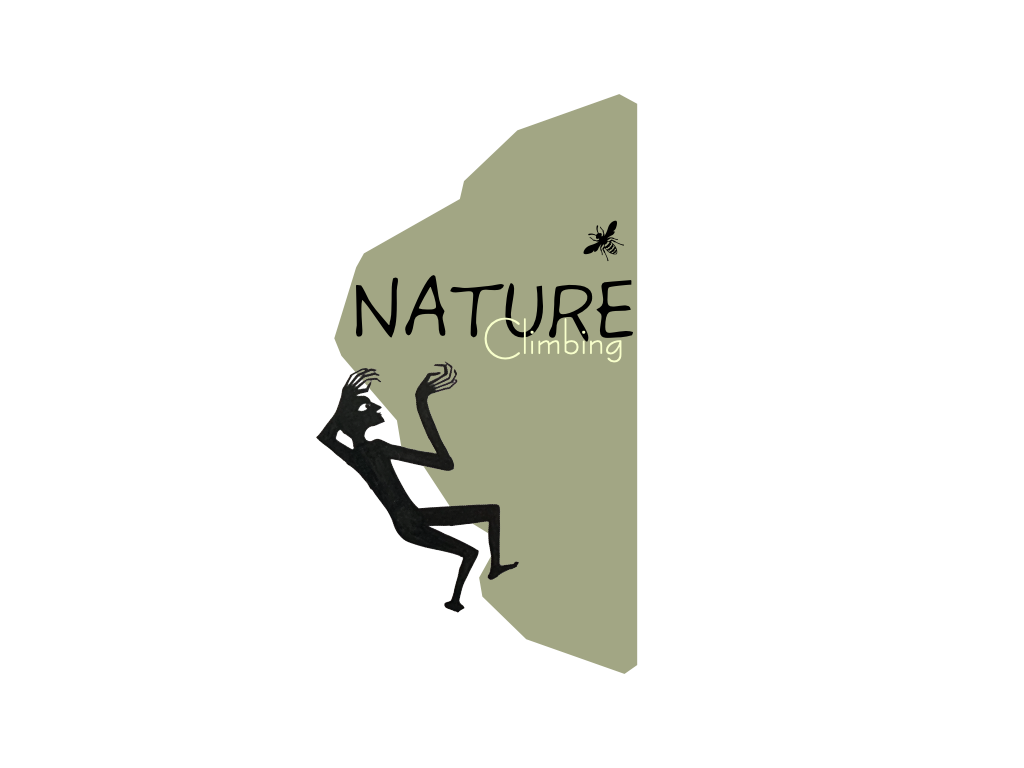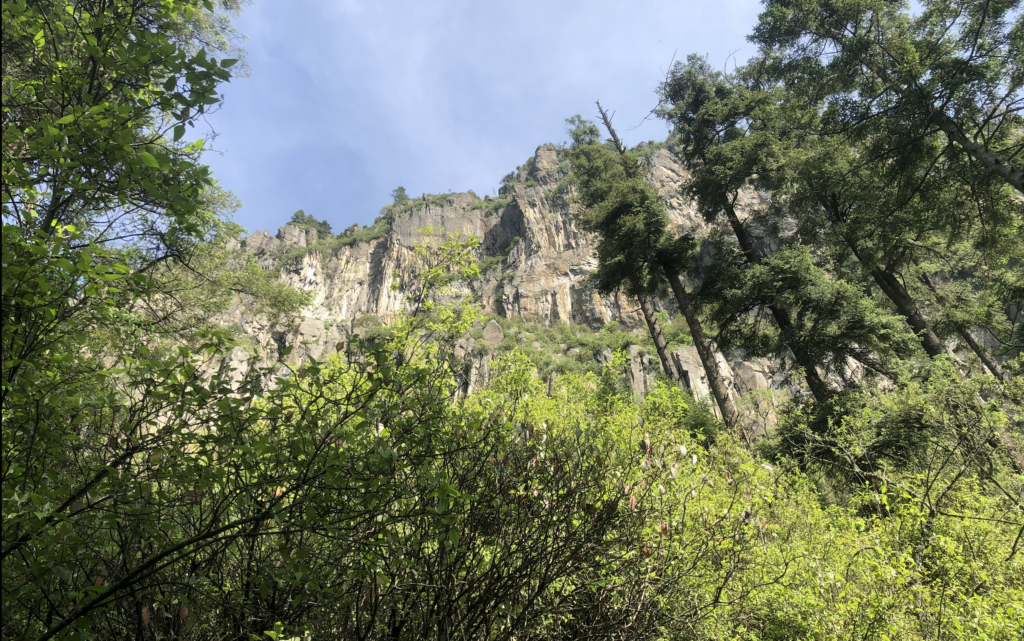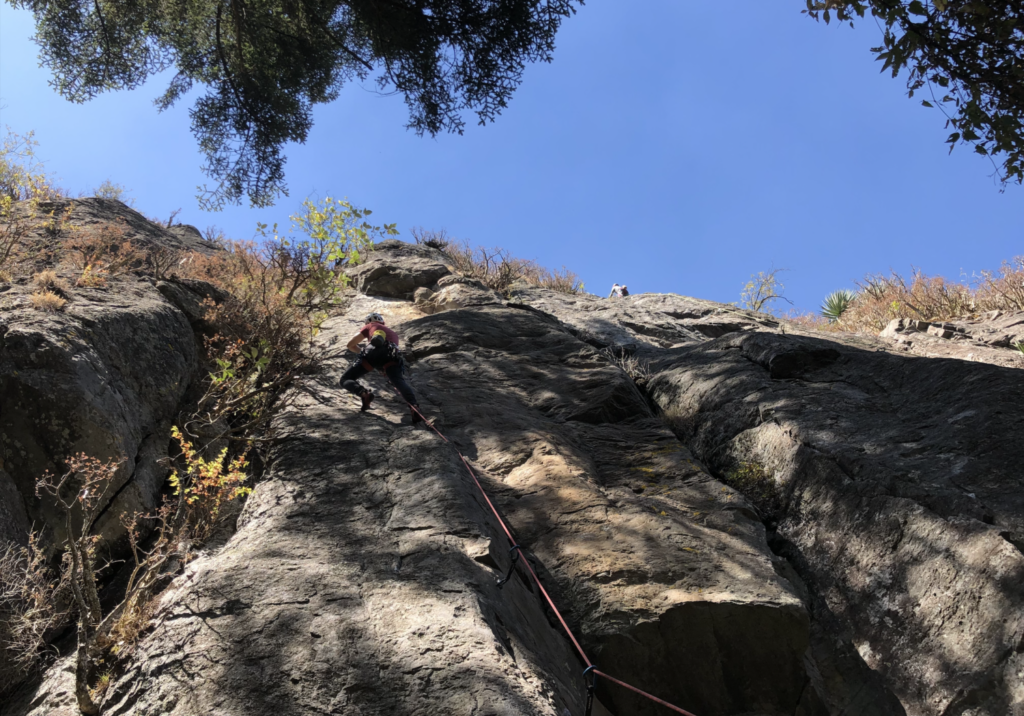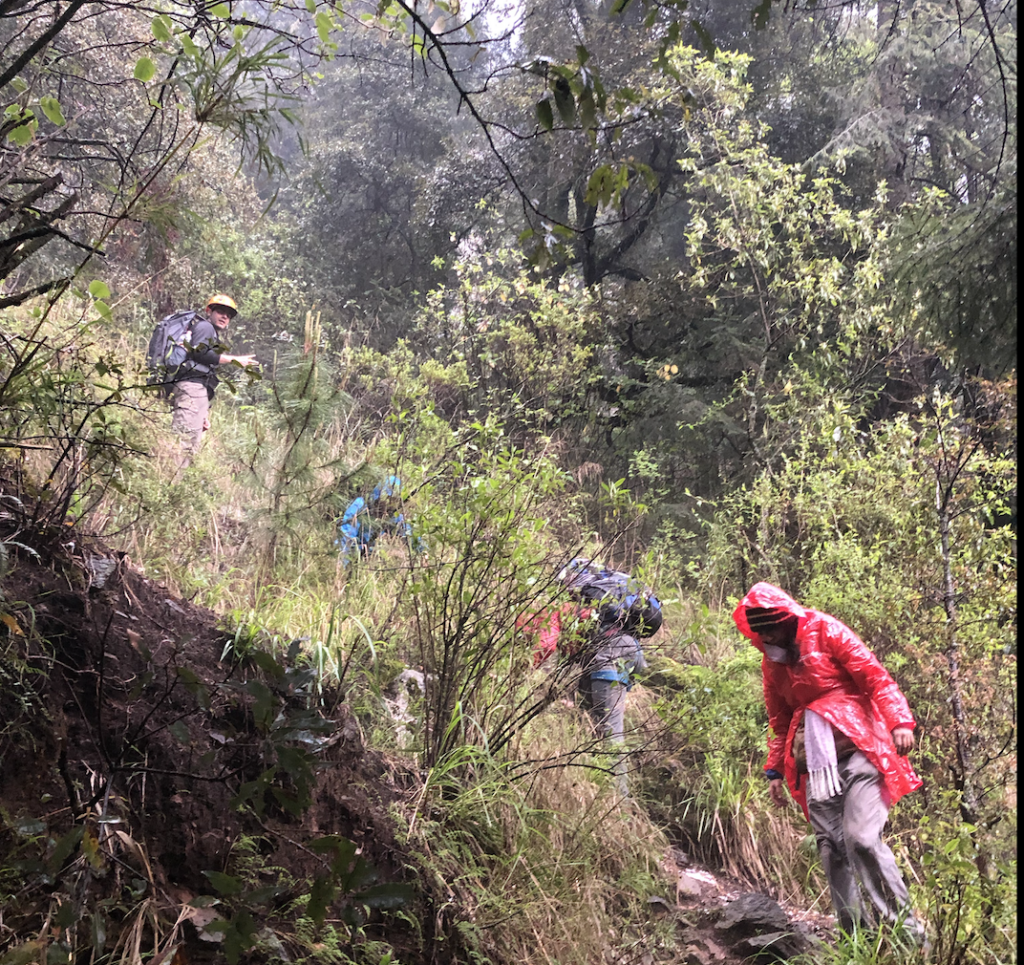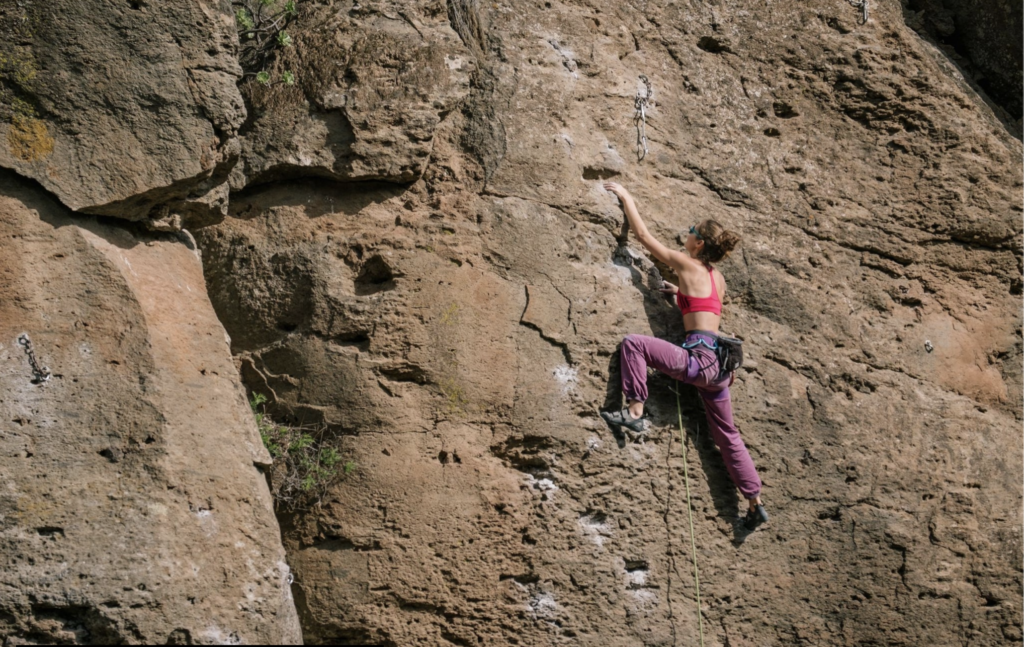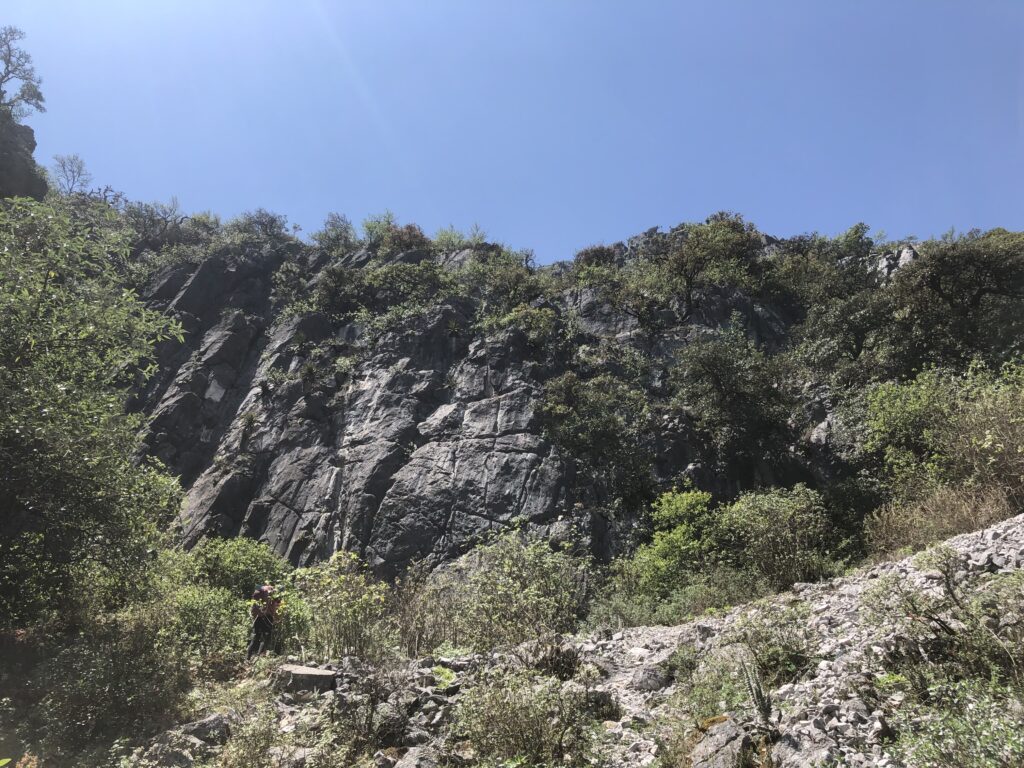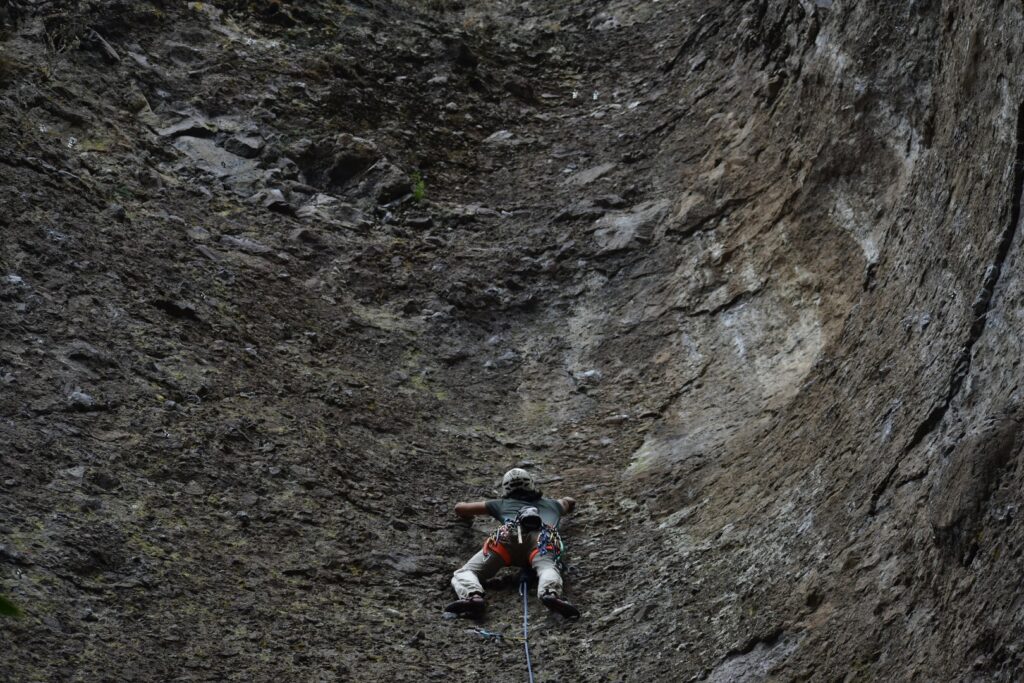How does it look like a typical day for climbing people to be at Dynamos? And what is the outcome for people to associate with the nature of this beautiful Natural reserve?
“Los Dynamos” is a Protected Natural Area in Mexico City with two thousand 429 hectares of forest.
What do you think you will find in this protected natural area in CDMX? Maybe yourself?
The beautiful Reserve grants the people of the city to release most of their concerns to go away with the nature of the forest, with the healthy hiking between the creeks and trees. Furthermore, for more fun and adventurous people, exist the possibility of practicing sport climbing and boulder at Dynamos; with technical routes challenging experimental climbers with hidden holds and footholds at the crag.
It’s easy to get lost at the Dynamos if you are heading to the rock climbing areas if it is the first time going and without a guide, owing to the wildness of the forest.
The nature of Dynamos is what makes people satisfied when they get home after hiking, climbing, or just spending time doing a picnic looking at the stream going down. Because nature helps to calm the mind, the body, and the soul by the freshening wind blowing between the trees and mountains, cleaning the lungs, and taking away most of the personal problems that people deal with their lives as a consequence of crowed cities.
Dynamos is a Protected Natural Area divided into 5 sectors for the climbing community: First, second, third, fourth, and quarter and a half dynamo. This section is single-minded for the fourth Dynamo.
For climbers, the adventure begins by hiking all the way up to find the climbing location, which is already an accomplishment; leads to motivation and to put aside all their fears and problems of the city that accumulate throughout the week by climbing, falling, and trying hard.
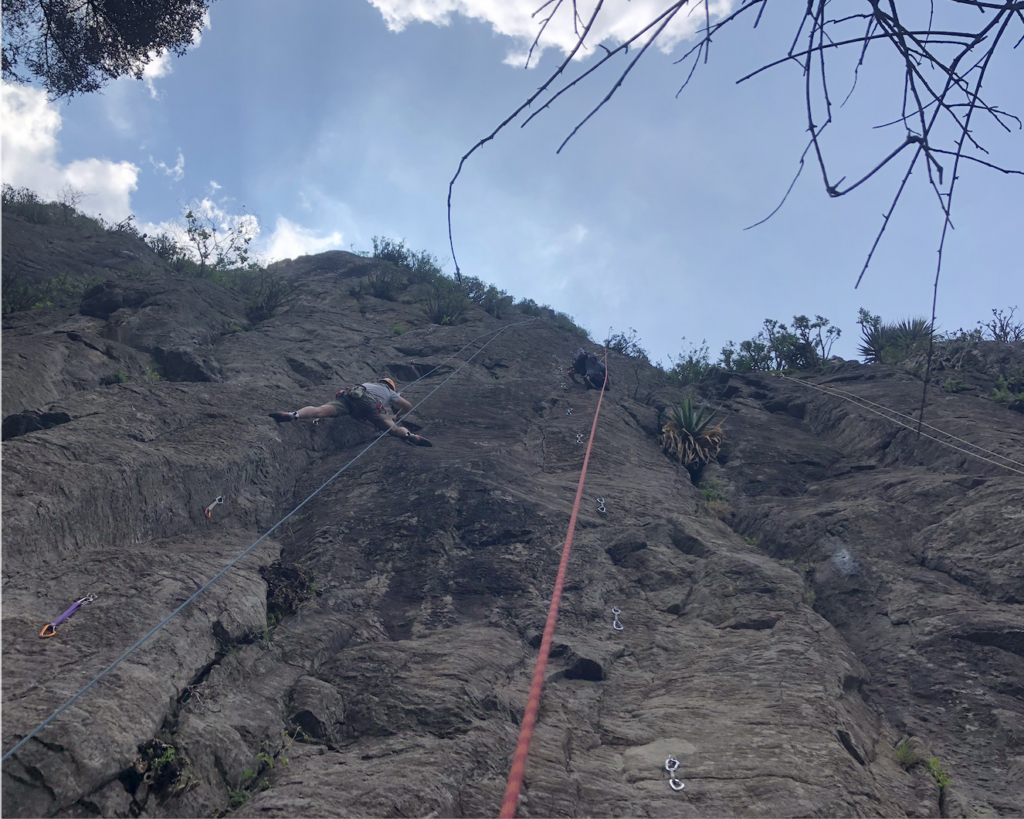
People learning from Nature, the rock, and themselves.
The Journey back home:
Once climbers are satisfied and tired of having fun and working on themselves there are two tough tasks to go; first, to clean the route, that is to say, to remove all personal belongings like gear and the chalk that climbers use to feel the friction in their hands. Second, to hike down between the rainy weather that could make the way back slippery or even delete the track due to heavy rain.
That means, the adventure does not end until you are on the couch of your home wishing to have a warm shower while eating a good soup that makes you feel relaxed and ready to sleep.
When the climbing is over, people start walking between the trees, tall grass, rocks that are standing as an obstacle is what makes Dynamos a beautiful and unique walk, making people’s eyes glued to nature itself with the amazing chance of spotting a rare bird, or even reptiles crawling up and down in the wildness of the deep forest of Dynamos just to get home safely.
